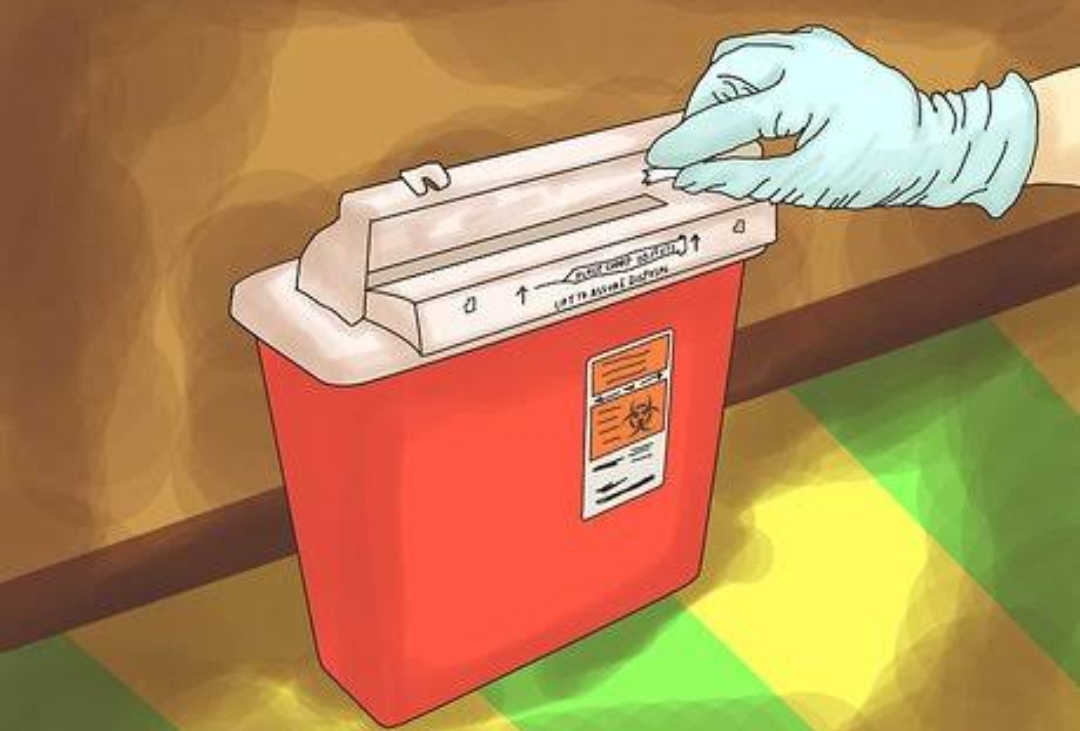How to Dispose of Mercury

Introduction
Mercury is a toxic heavy metal that occurs naturally in the environment. It exists in various forms, including elemental mercury, organic mercury compounds, and inorganic mercury compounds. Exposure to mercury can have serious health effects and environmental damage. Therefore, it is crucial to know how to dispose of mercury properly.
In this article, we will discuss different types of mercury and provide guidance on how to safely and responsibly dispose of each type.
Just remember, education is the doorway to happiness. To receive a good education, you will need good teachers. Also, you will need to be up on the latest tech.
Types of Mercury
1. Elemental Mercury: This is liquid mercury, also known as quicksilver. It is commonly found in thermometers, barometers, and other equipment.
2. Organic Mercury Compounds: These are created when mercury combines with carbon-containing chemicals. The most well-known organic mercury compound is methylmercury, found primarily in fish due to water contamination.
3. Inorganic Mercury Compounds: These are formed when mercury bonds with other elements like sulfur or oxygen. Inorganic compounds can be found in batteries and some fluorescent lights.
How to Dispose of Various Types of Mercury
1. Elemental Mercury:
– If you have a broken thermometer or other device containing elemental mercury, do not touch the liquid or allow it to evaporate into the air.
– Wear gloves and carefully collect the spilled mercury using a piece of cardboard or stiff paper.
– Place the collected mercury and any broken glass or debris in a container with a tight-fitting lid, such as a glass jar or plastic container.
– Label the container “Elemental Mercury – Hazardous Waste” and take it to your local hazardous waste disposal facility.
2. Organic Mercury Compounds:
– Organic mercury compounds, like methylmercury-contaminated fish waste, should also be handled carefully.
– Direct contact with these compounds may not occur often at home but could arise from handling such wastes during cleanups.
– Wear gloves when handling contaminated materials and place them in a sealed container.
– Consult with your local hazardous waste disposal facility for proper disposal methods, as the requirements for disposing of organic mercury compounds may vary between jurisdictions.
3. Inorganic Mercury Compounds:
– Items such as batteries and fluorescent lights containing inorganic mercury compounds should never be thrown in household trash.
– Check whether your community has a recycling program that accepts these products. If not, find a local hazardous waste disposal facility to dispose of them appropriately.
Conclusion
When dealing with any type of mercury, exercise extreme caution and always follow proper disposal procedures. By being informed and diligent, we can minimize potential risks to our health and the environment. Contact your local waste management facility or environmental agency for additional information on safely disposing of mercury-containing products.





